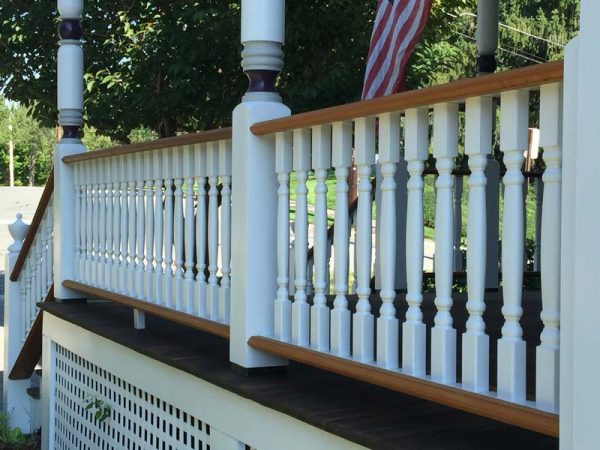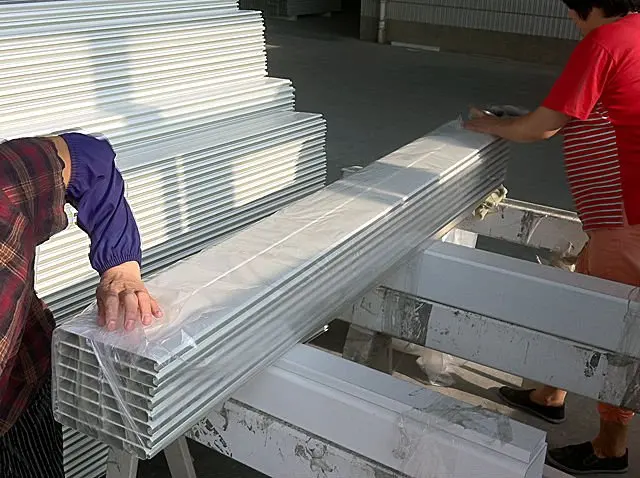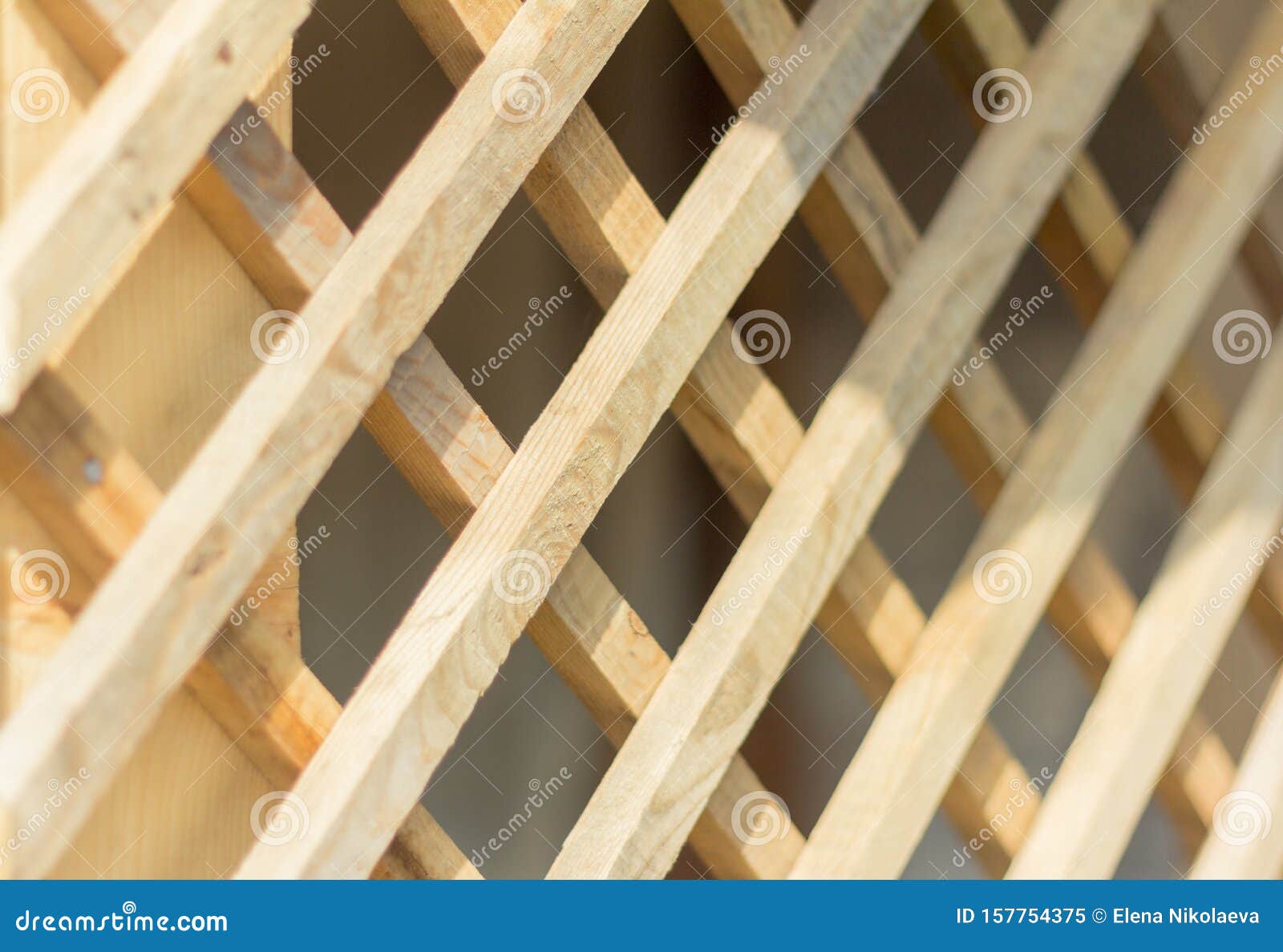

Place the frame on the ground and measure it to determine the center point, which will act as the center support board. First, you need to purchase the materials: pressure treated lumber (for the frame), exterior deck screws, galvanized staples and lattice piece, which should be pressure treated as well. Making a lattice fence panel is a relatively simple do-it-yourself project and can be done in a few short steps. Lattice can also be used in conjunction with other materials to create unique designs or to dress up an existing structure - for example, framing flower boxes or concealing air conditioning units. Wood lattice is frequently used to provide an open, decorative appearance on gazebos, arbors or decks, while vinyl lattices are often used as fences or privacy screens. Wood lattice is commonly made out of cedar or pressure treated pine, while vinyl lattice is usually made out of polyvinyl chloride (PVC).īoth provide long-term durability and are quite versatile. Lattice is typically made out of wood or vinyl, depending on the application and desired aesthetic. Deck lattice can also be custom-made to the specifications of any size or shape deck.įurthermore, certain styles of lattice come with different thicknesses to better match whatever Deck space its intended for providing more versatility in its overall size. What size does deck lattice come in?ĭeck lattice typically comes in 4′ x 8′ panels, which are widely available in pre-fabricated panels making them a popular choice for Deck projects. Additionally, some metal lattice strips can be up to 4 inches wide as well. Some plastic lattice panels, however, are made with larger strips that measure up to 4 inches wide. Traditional wooden lattice strips are typically made with 2-inch or 1-inch boards that have been cut into strips and then connected with a tongue and groove installation method. The width of strips of lattice varies depending on the type and size of lattice. The thickness of the lattice will also vary depending on the size of the panel you choose.įor example, larger panels of 4′ x 8′ or 5′ x 10′ lattice may be thicker than smaller panels of 2′ x 8′ or 4′ x 4′. Generally speaking, the heavier duty plastic or vinyl lattice panels are thicker, so they can support more weight and pressure without sagging or becoming damaged over time. It is important to know the thickness of the material being used for lattice as it factors into its overall strength. Heavy duty lattice is typically made from thick plastic or vinyl and can range in thickness from 1/4 inch up to 1/2 inch thick. If a small, more intricate design is desired, lattice sheets may need to be ordered that contain smaller square or diamond-shaped openings.

Generally, square or diamond-shaped openings are between 1-1/2 and 2 inches in size. The size of the individual squares, or “openings” in the lattice, will also depend on the lattice material and the manufacturer.

Vinyl lattice sheets are usually 4 ft x 8 ft as well, although they are often sold in rolls and can be custom cut to different lengths.

Wooden lattice sheets are typically 4 ft x 8 ft, although other sizes are available. A standard piece of lattice can vary in size depending on the type of lattice used and the intended purpose for the lattice.


 0 kommentar(er)
0 kommentar(er)
